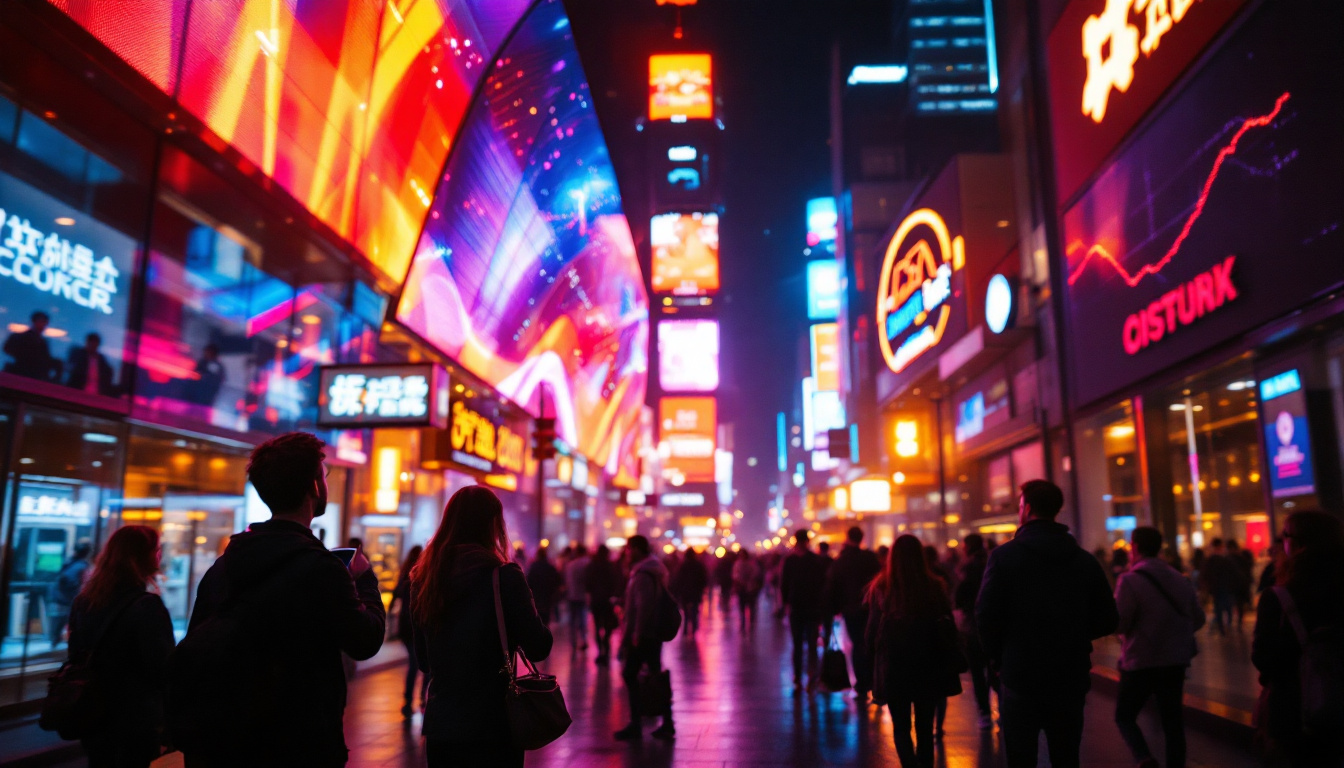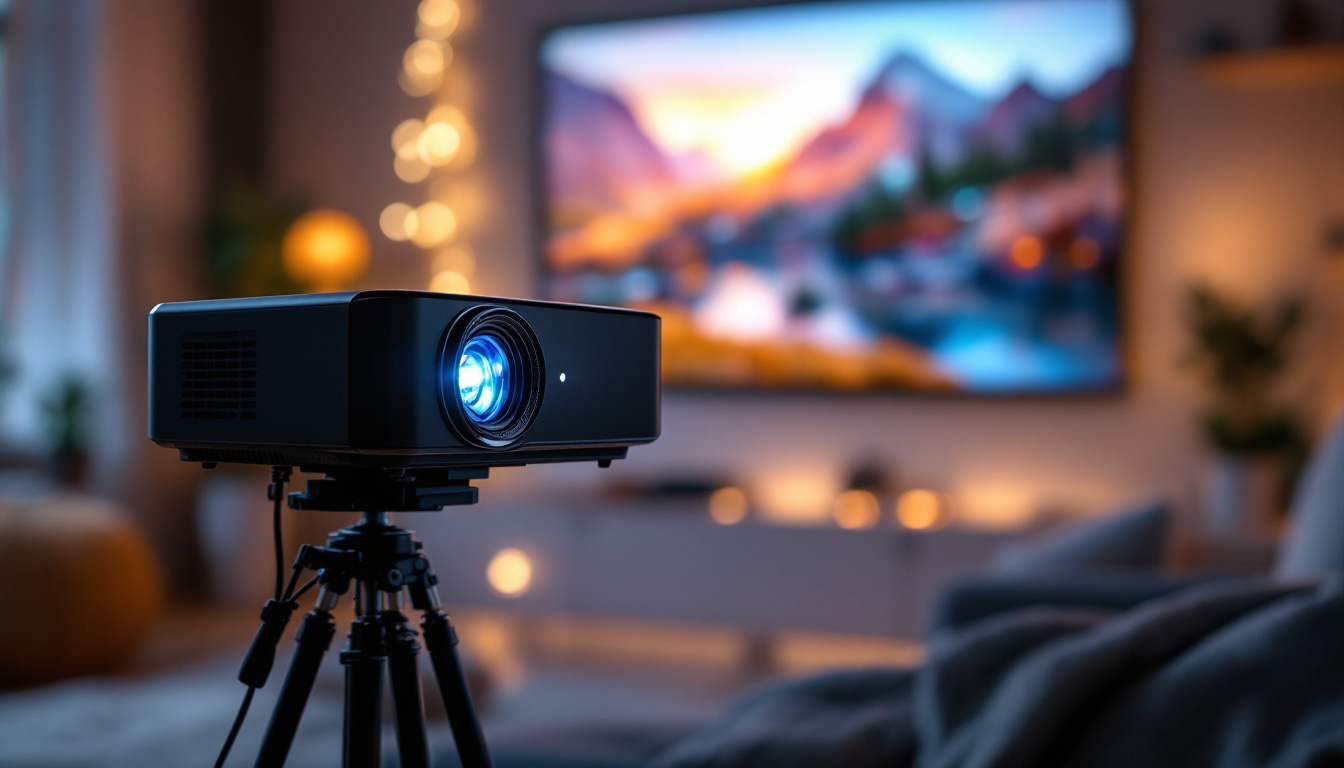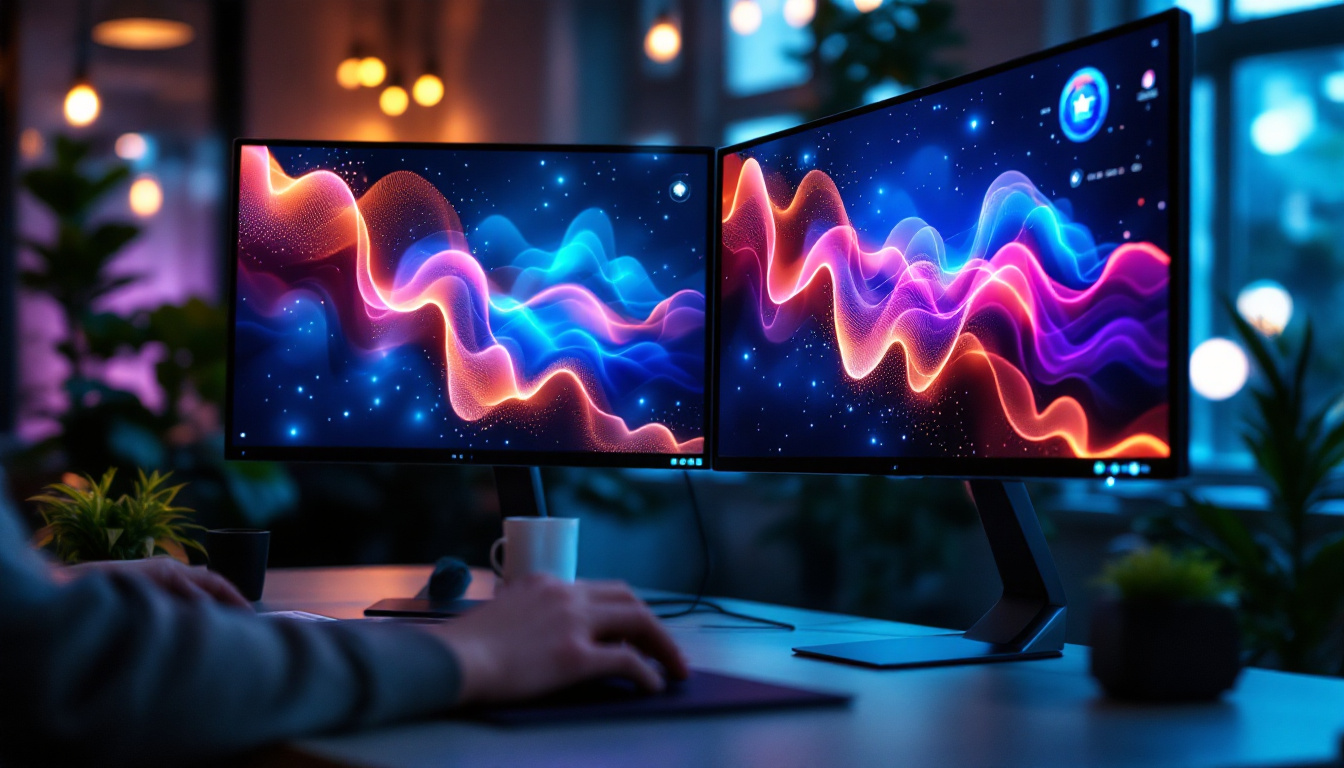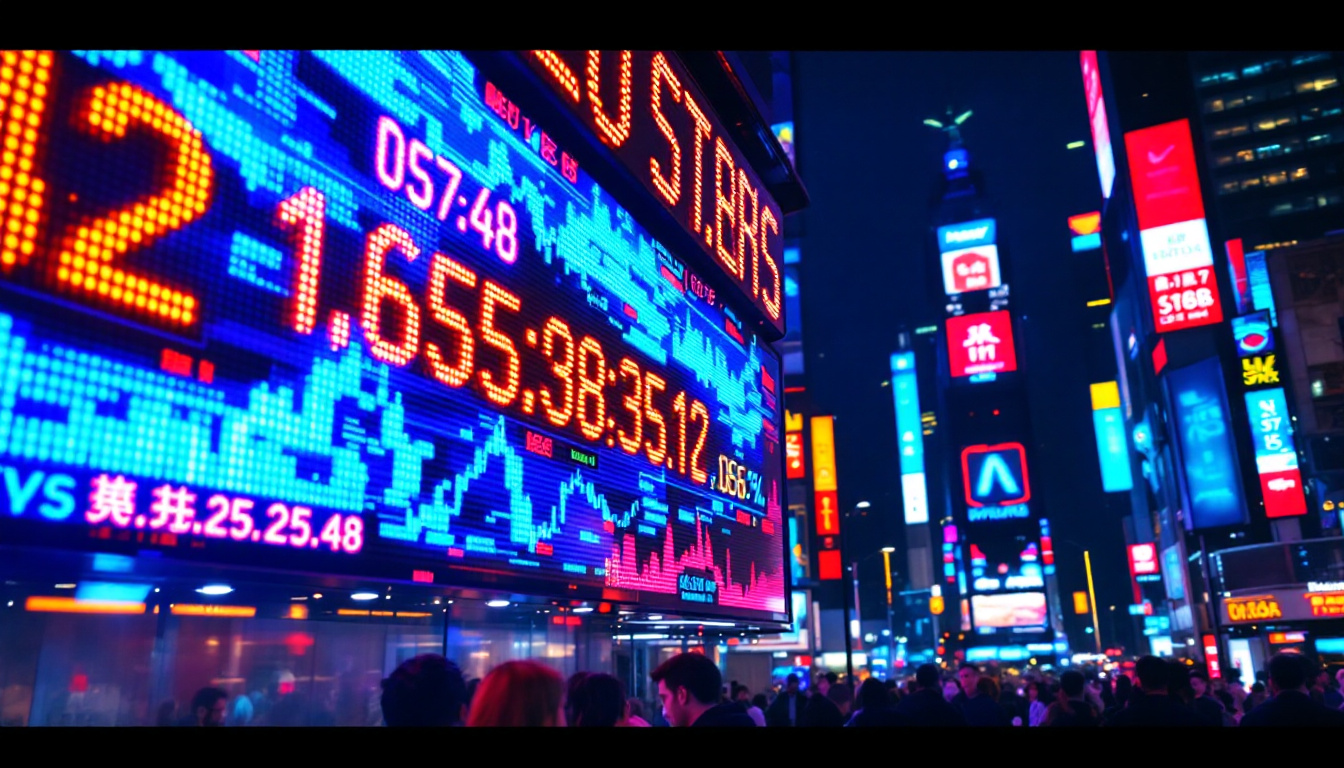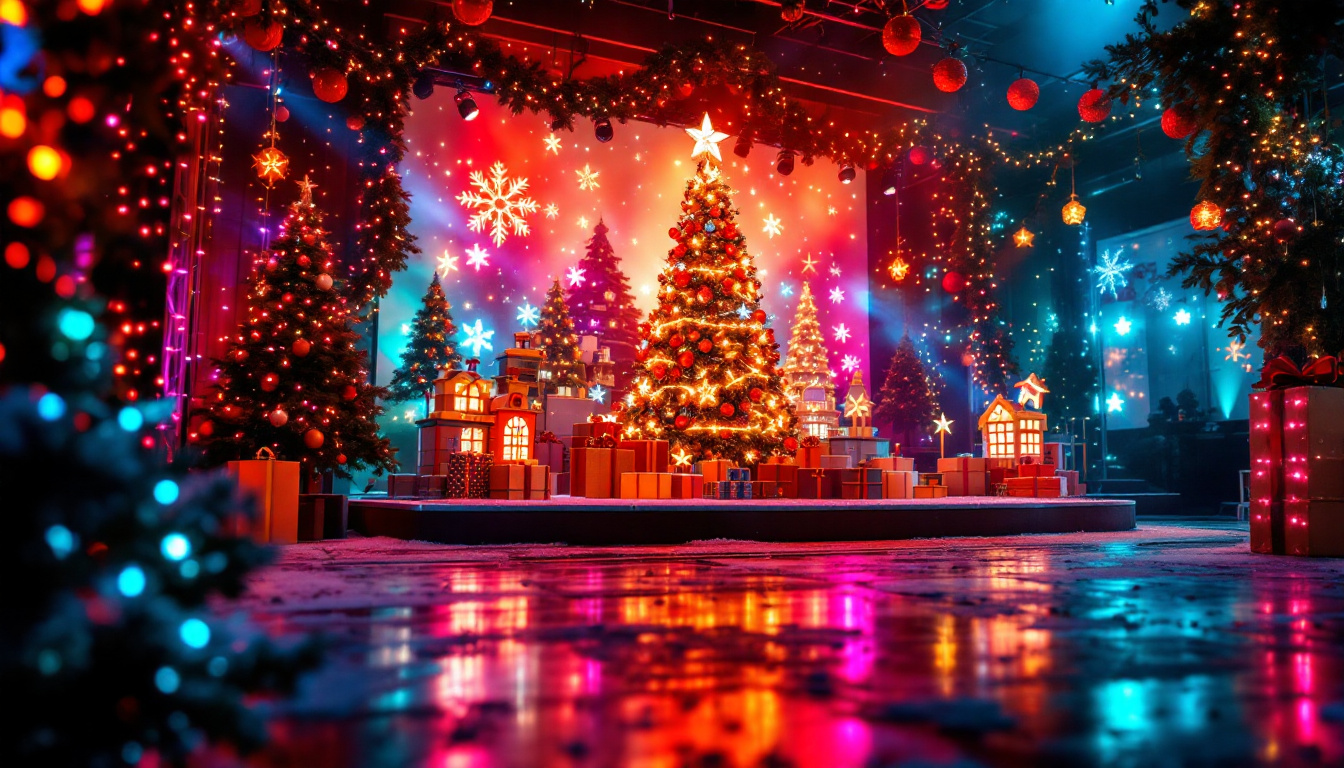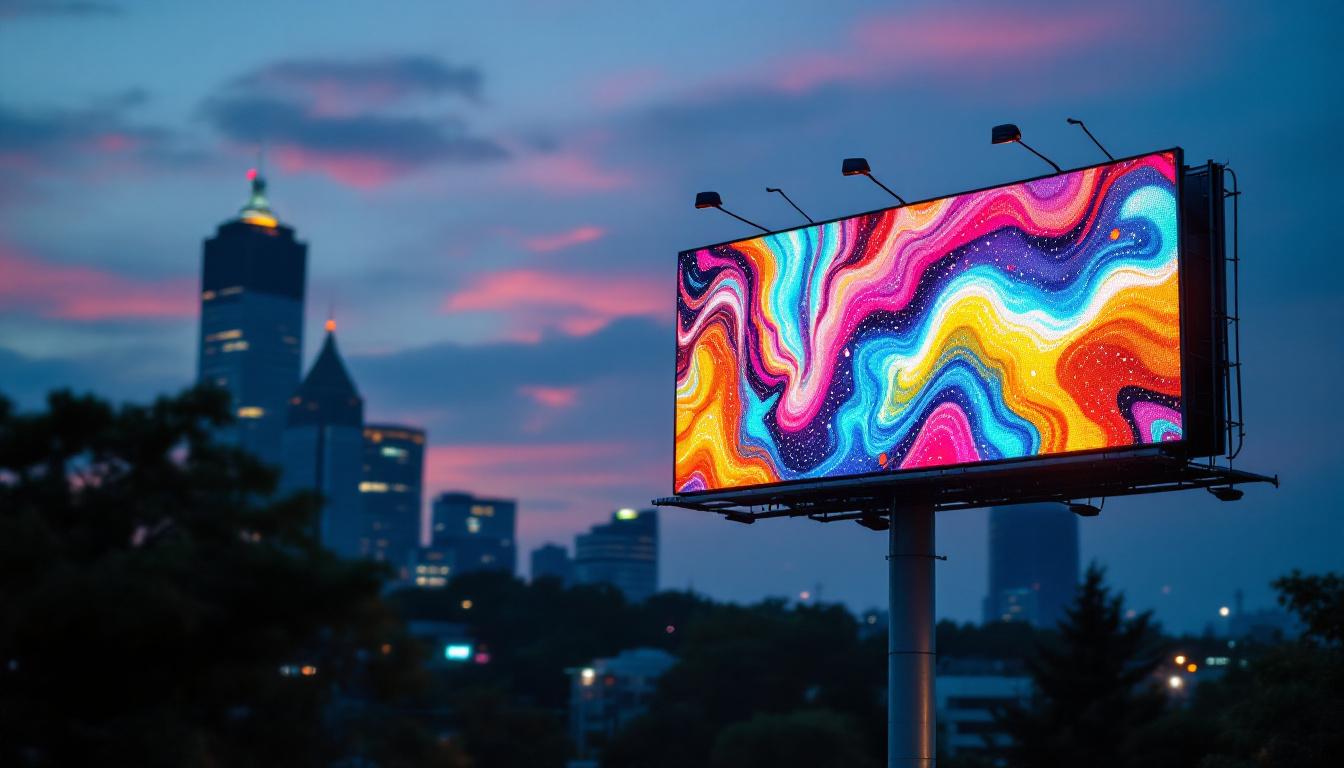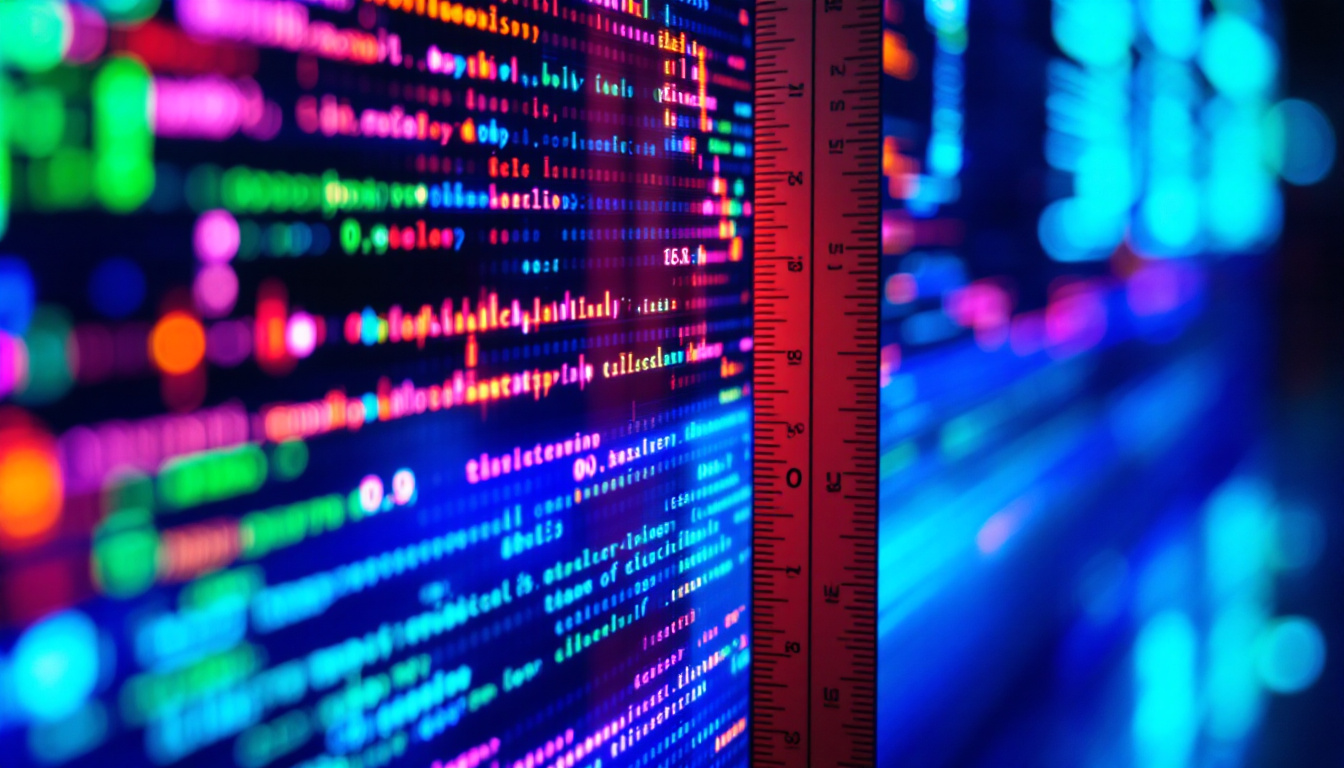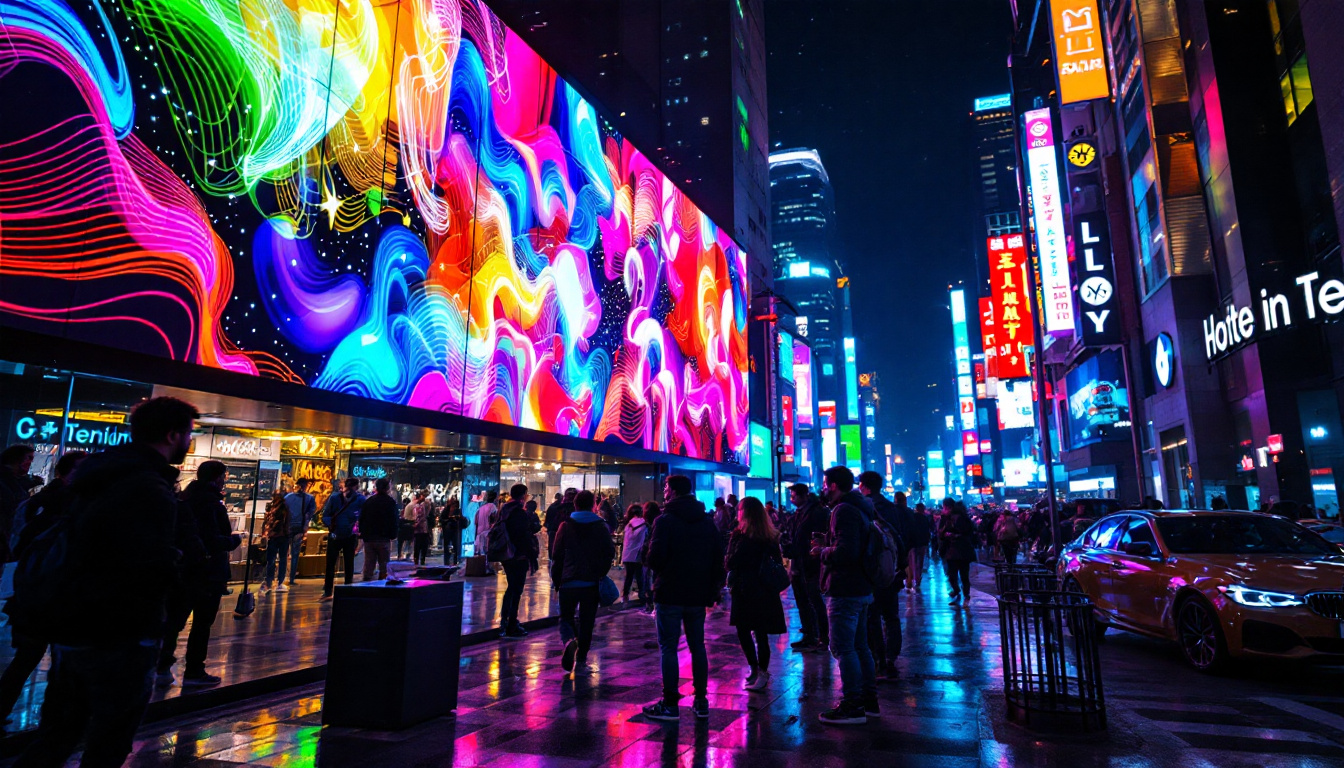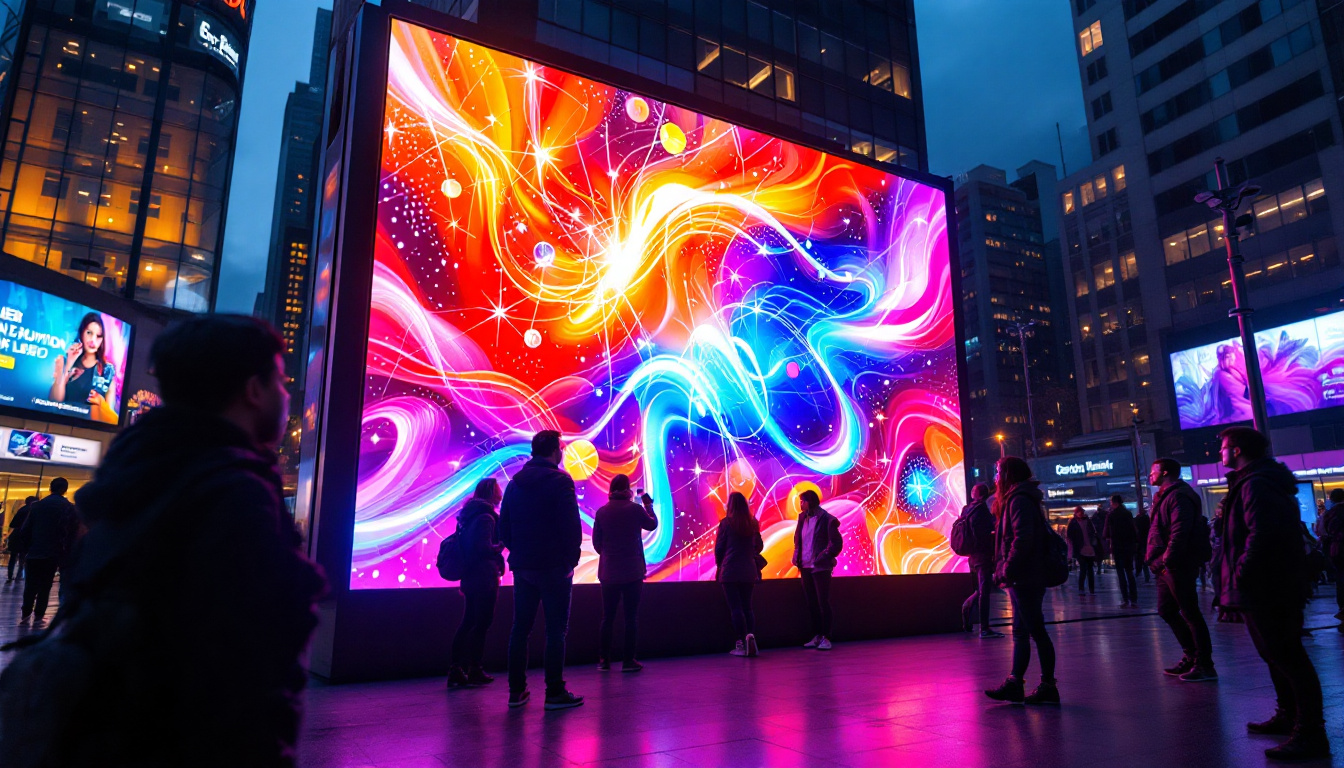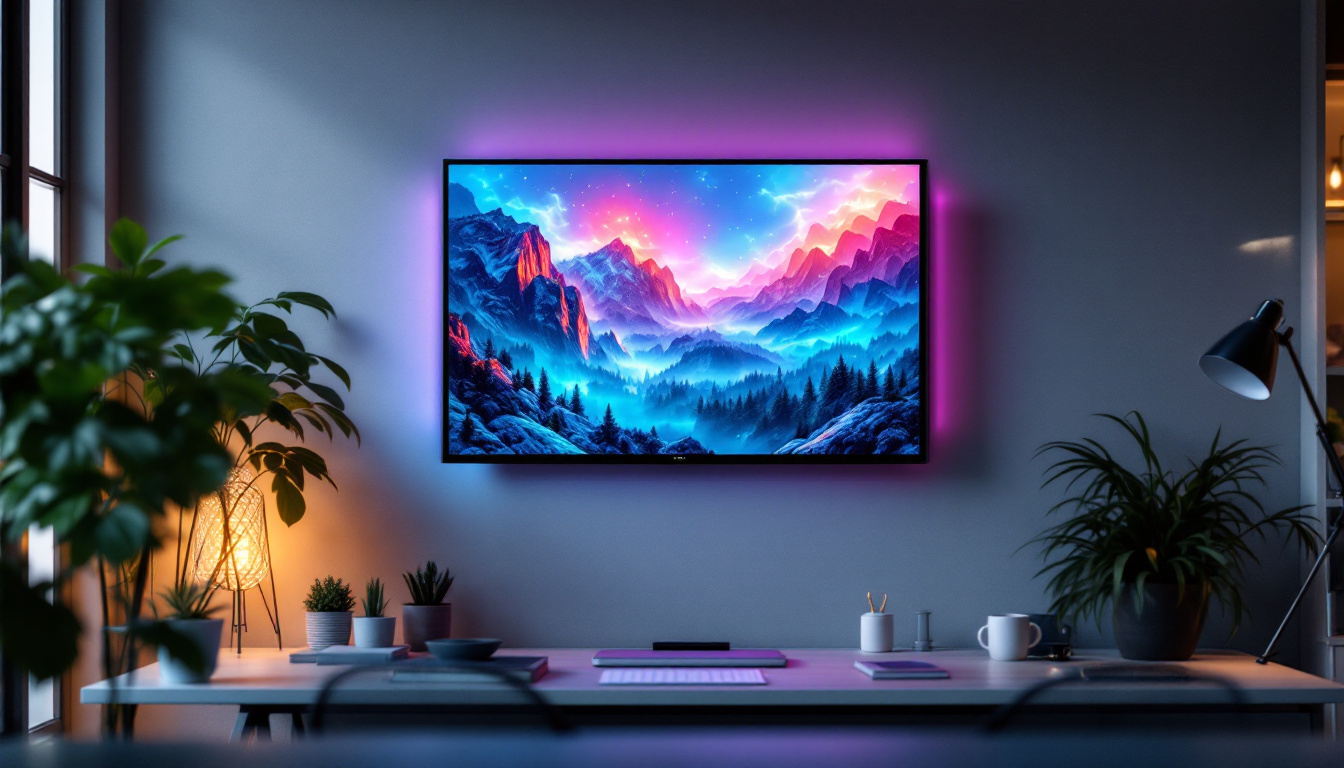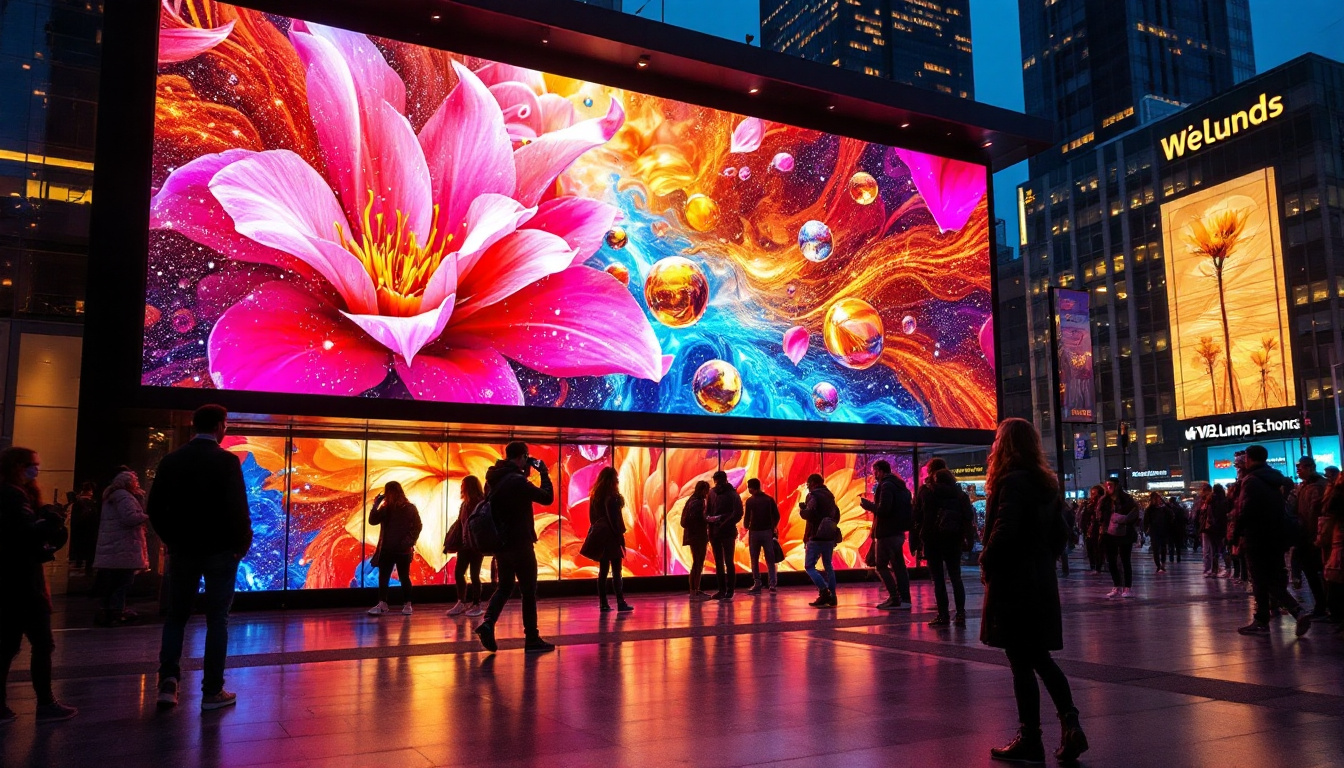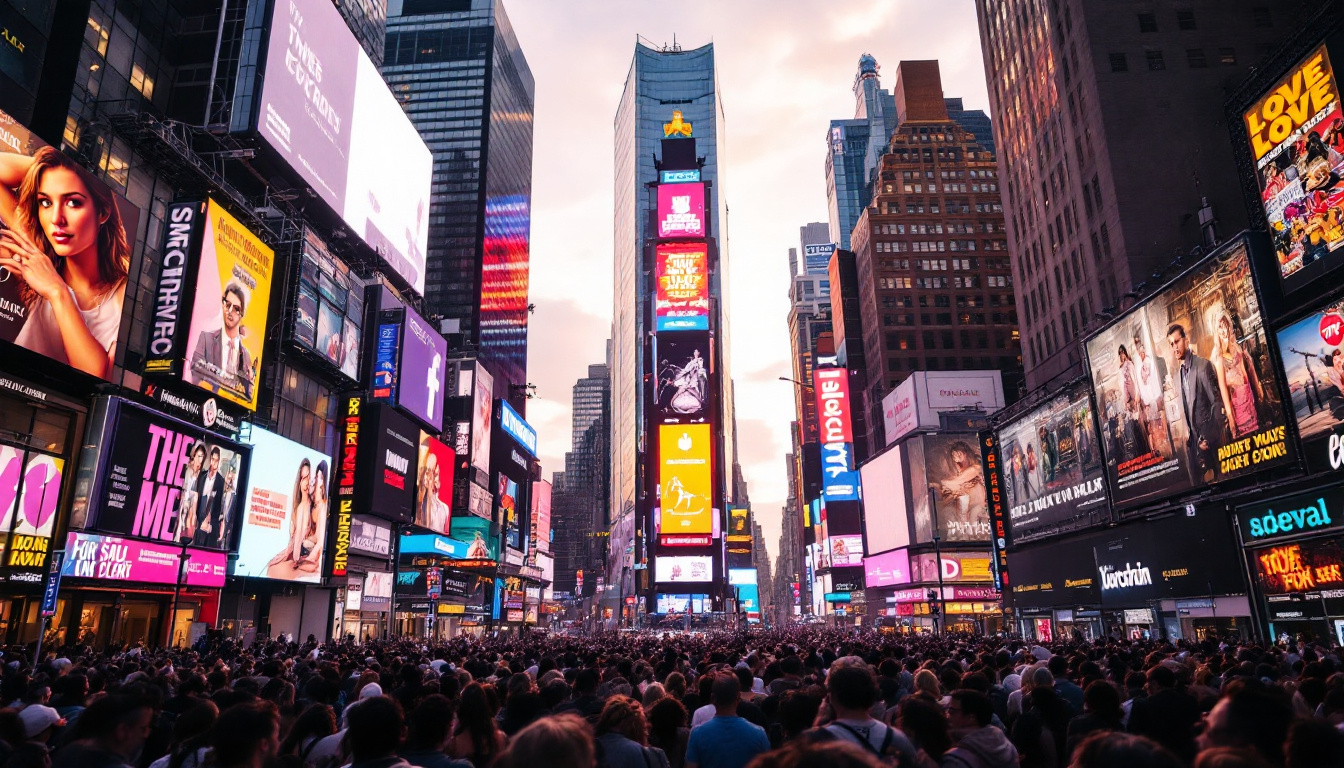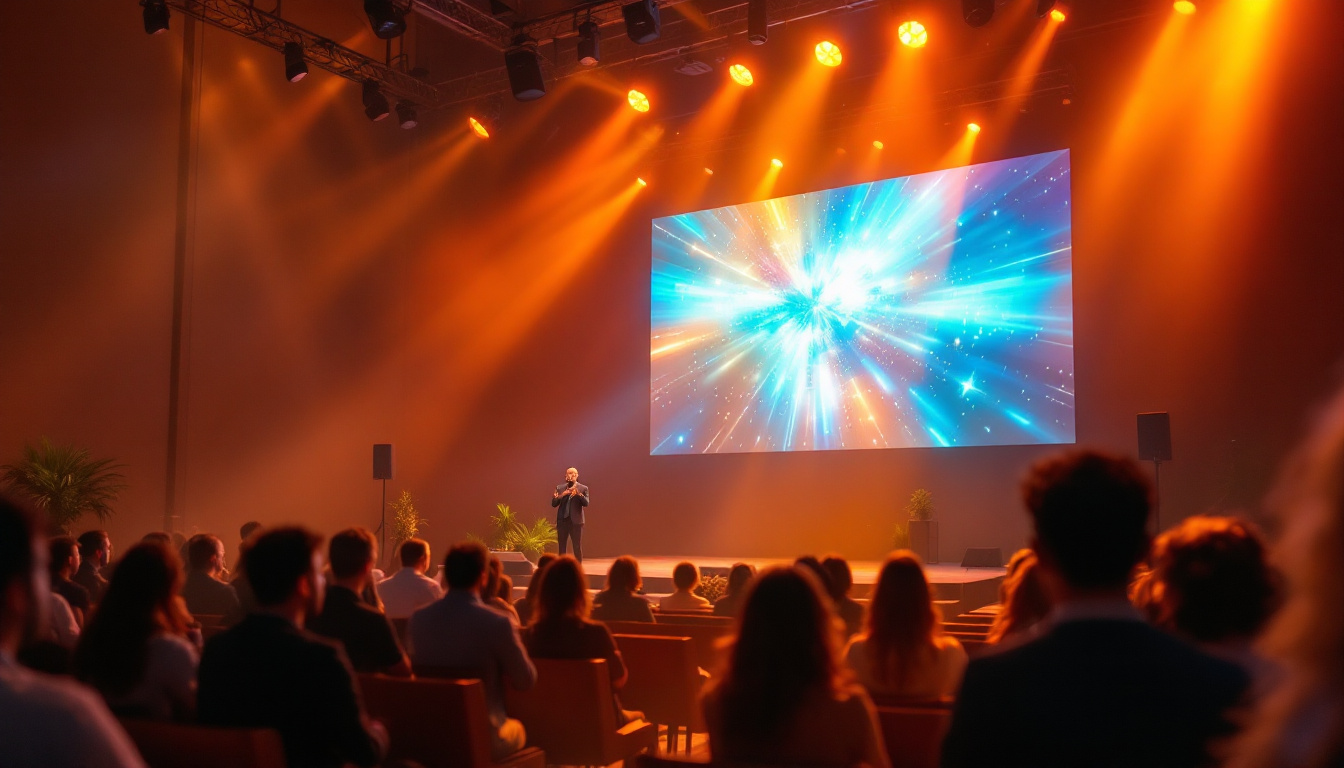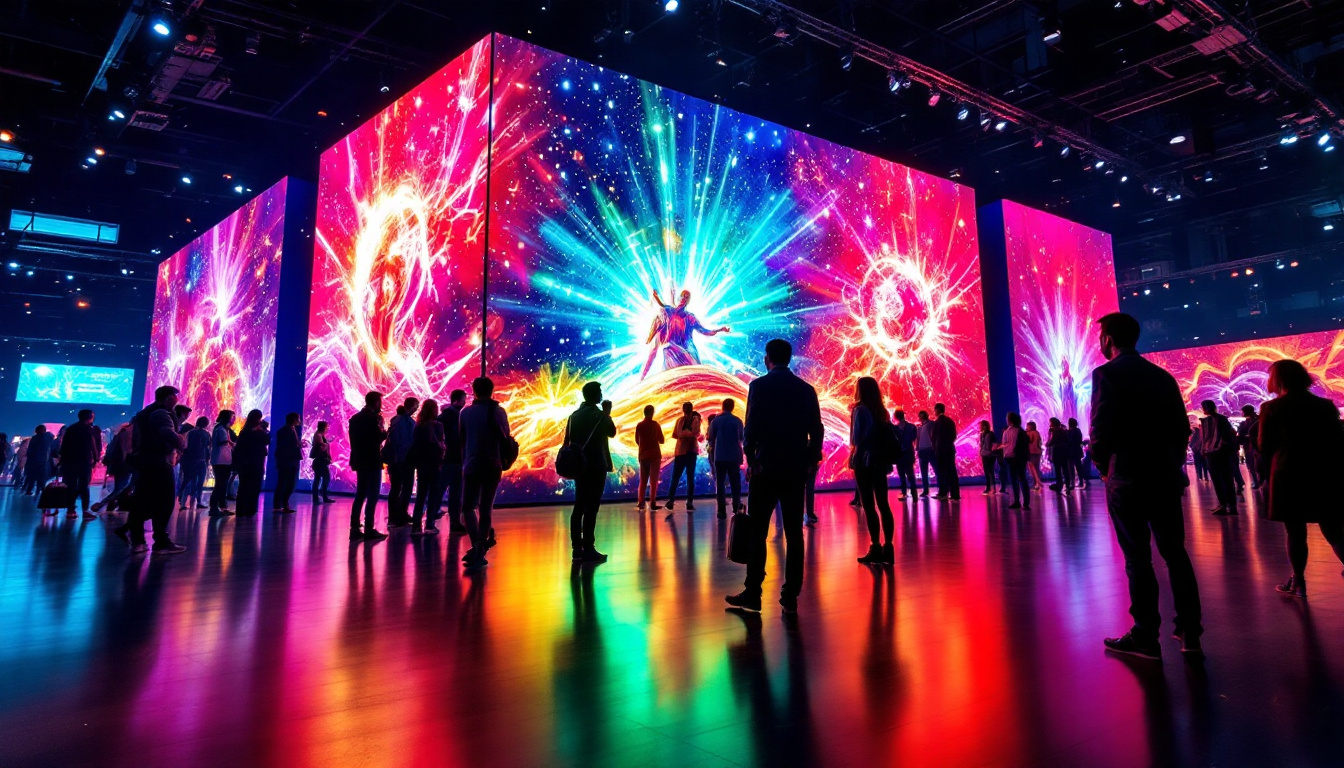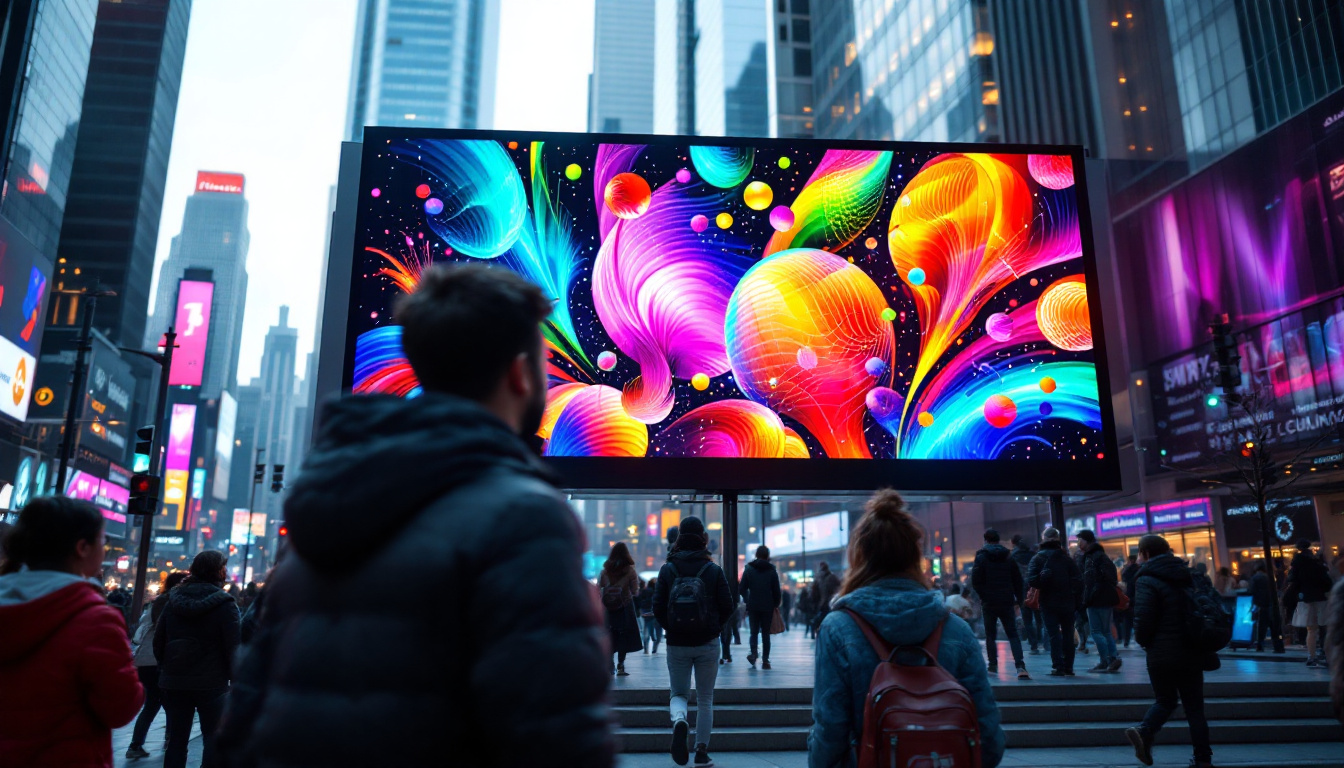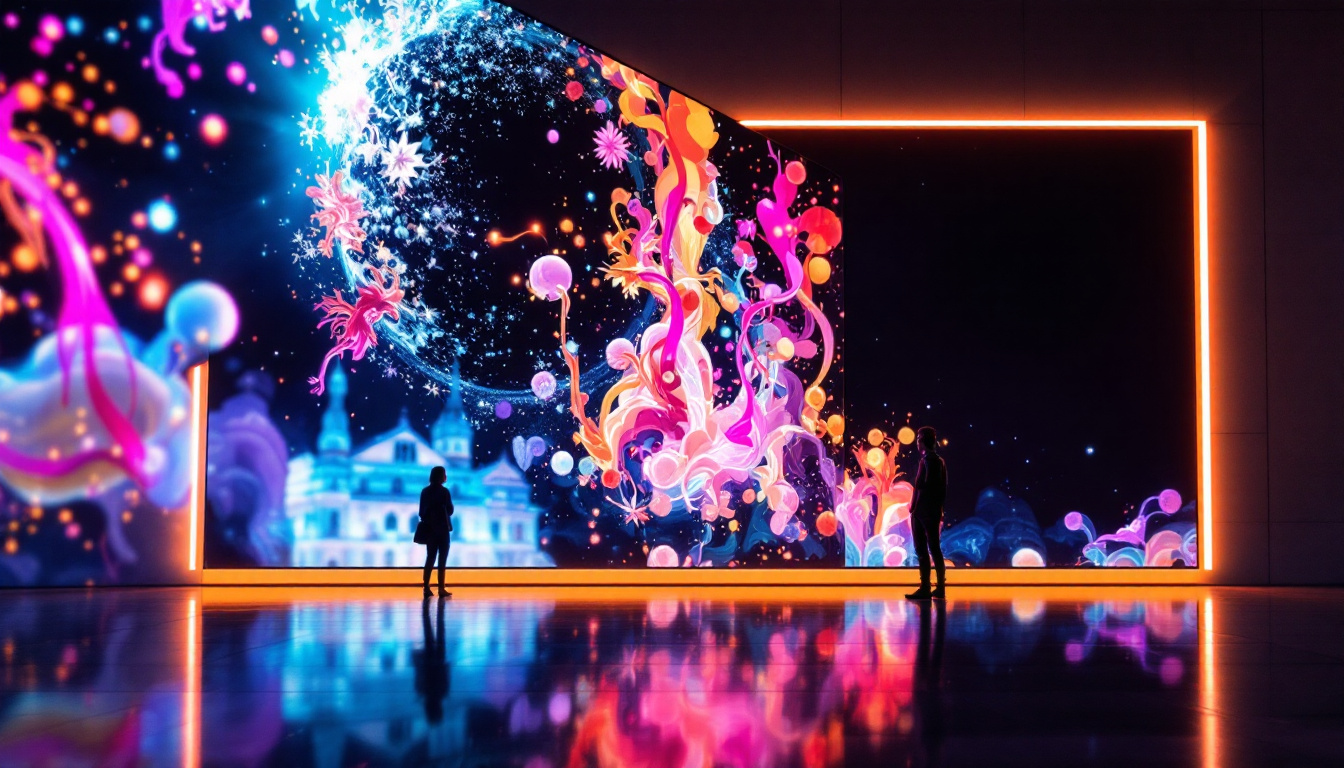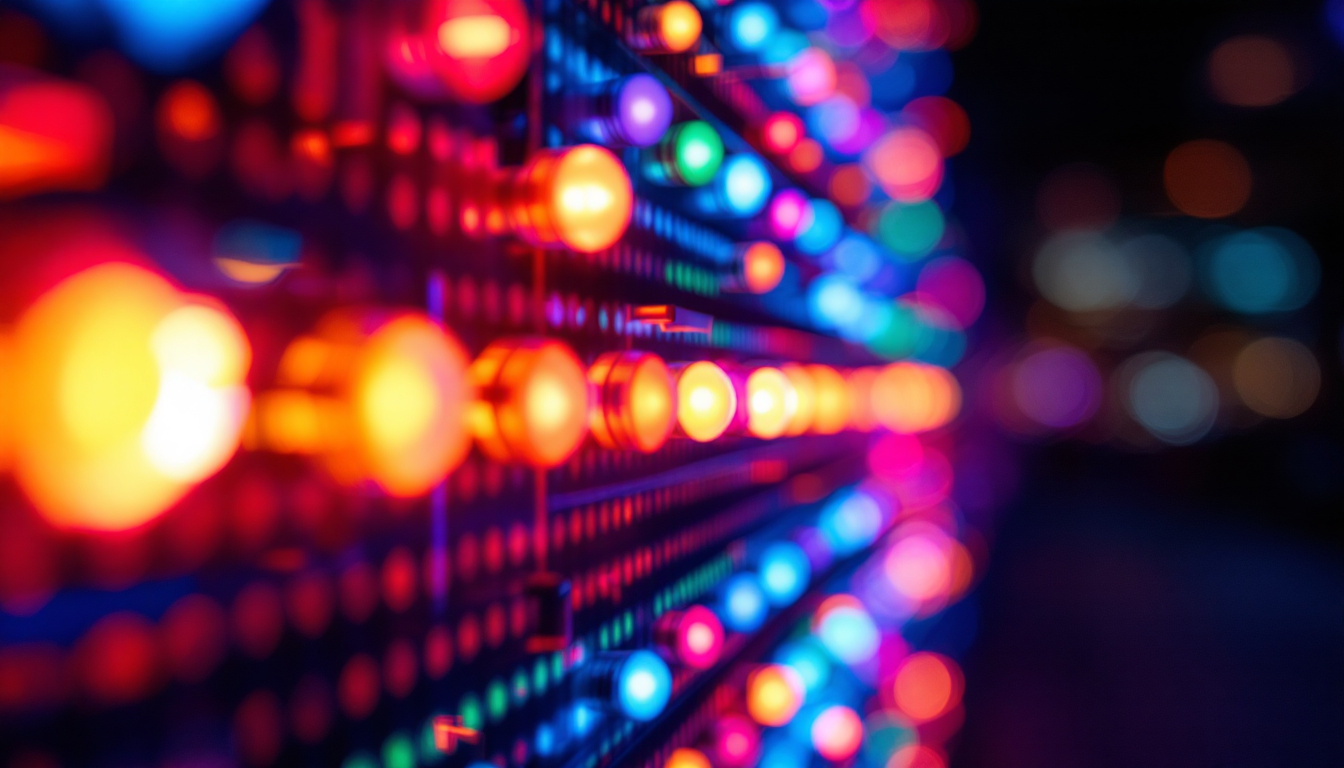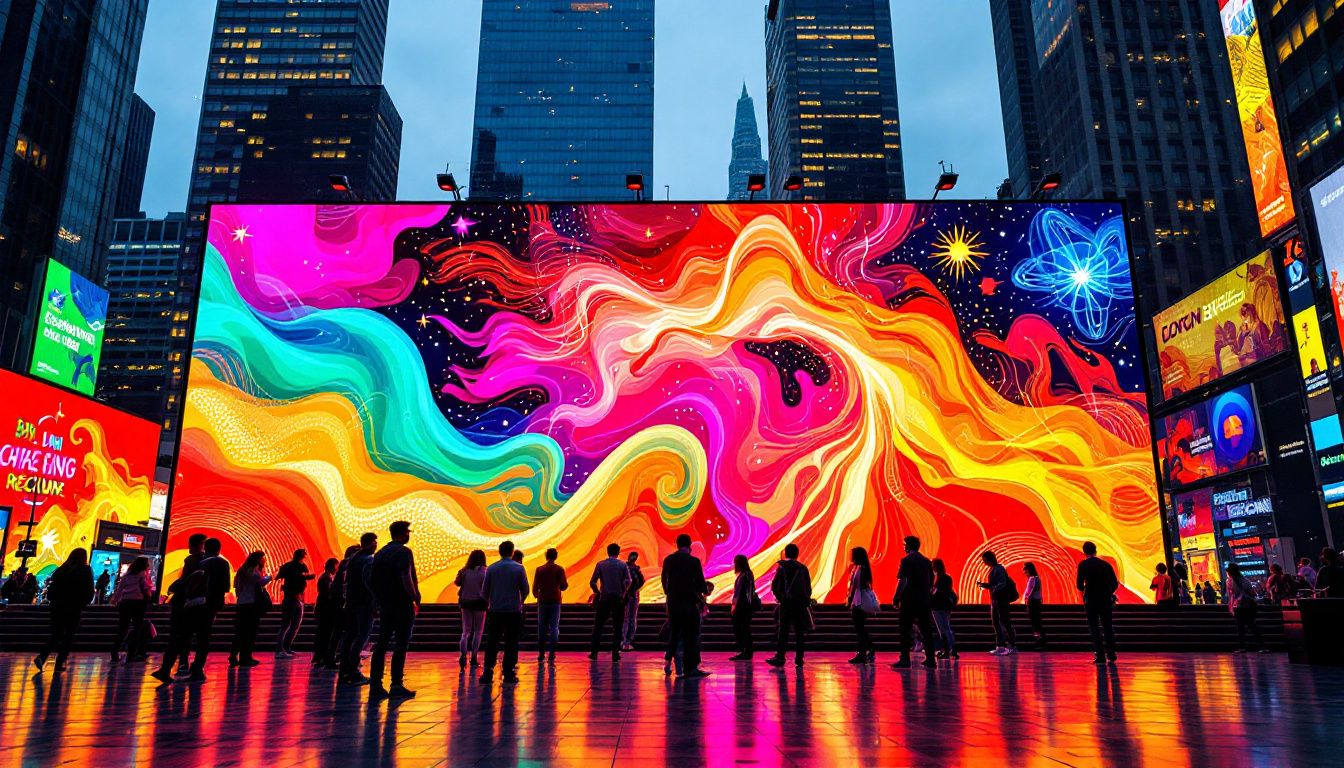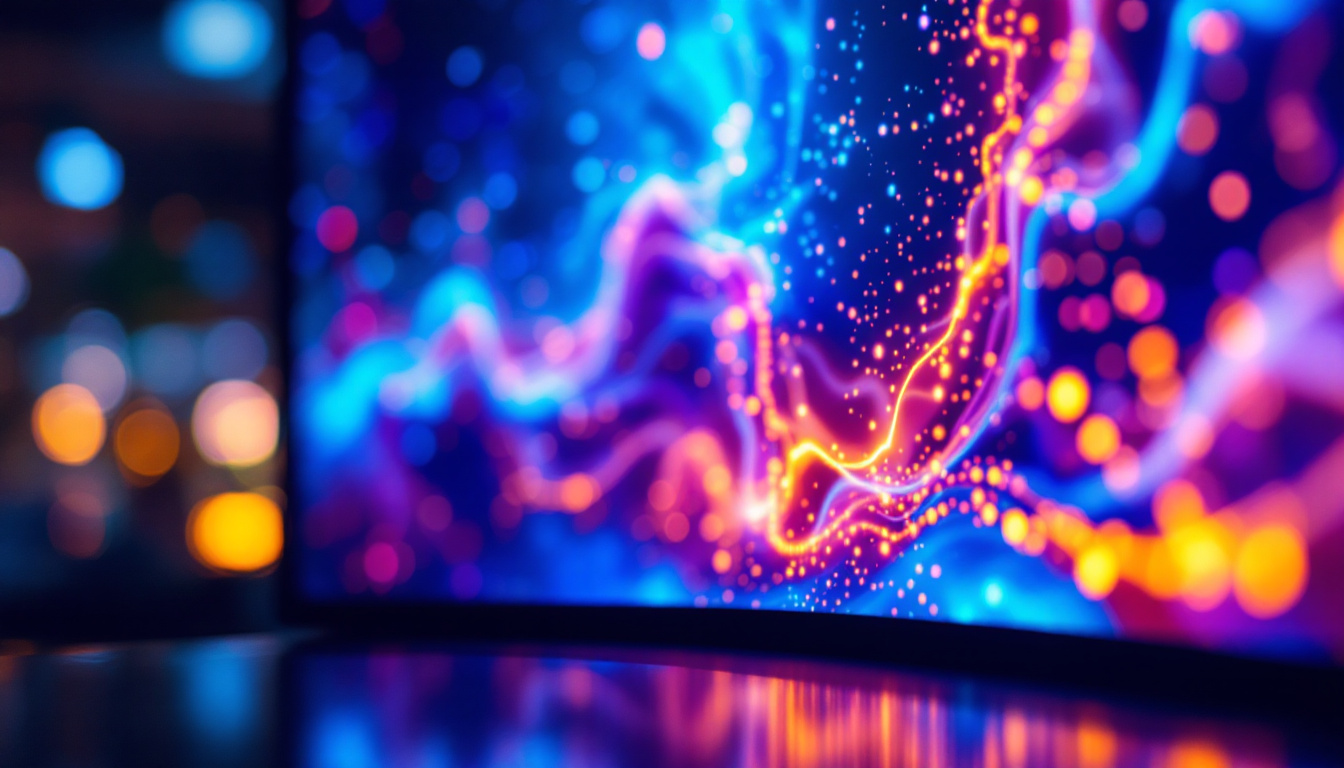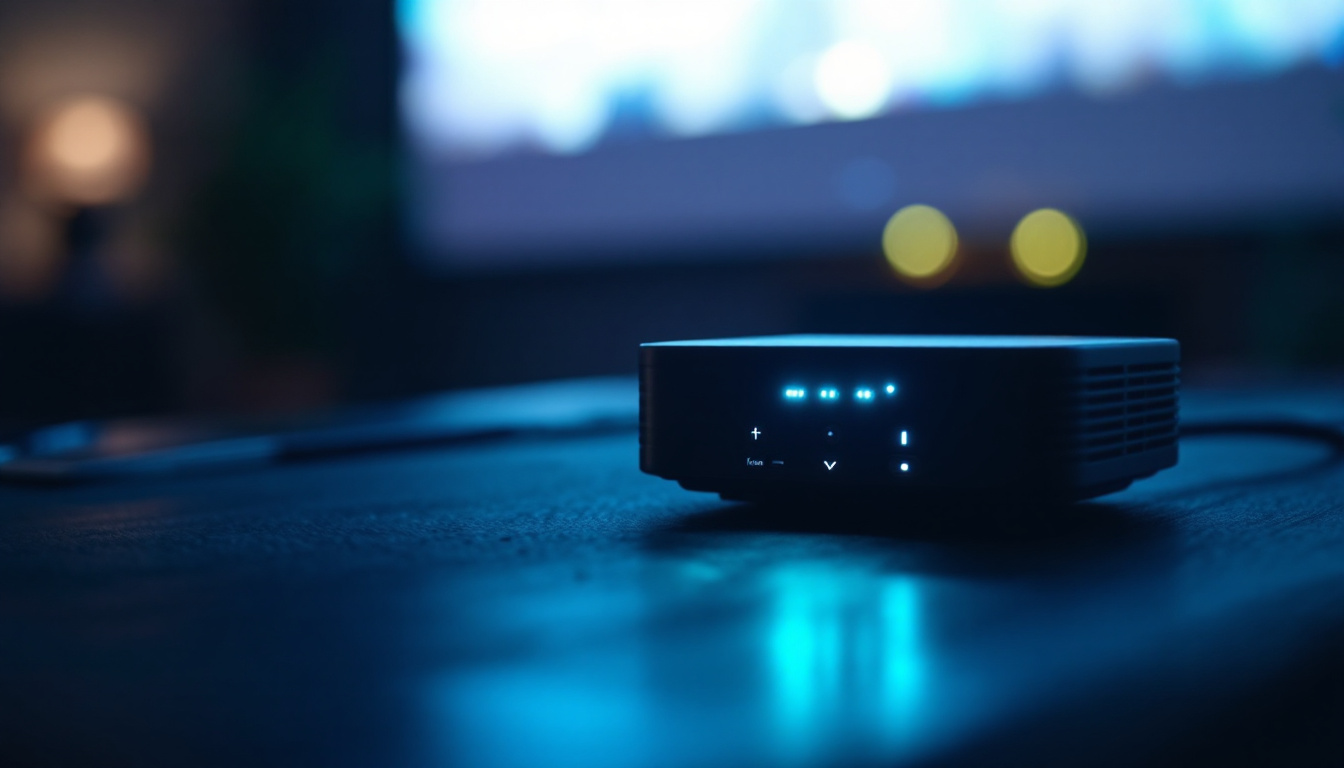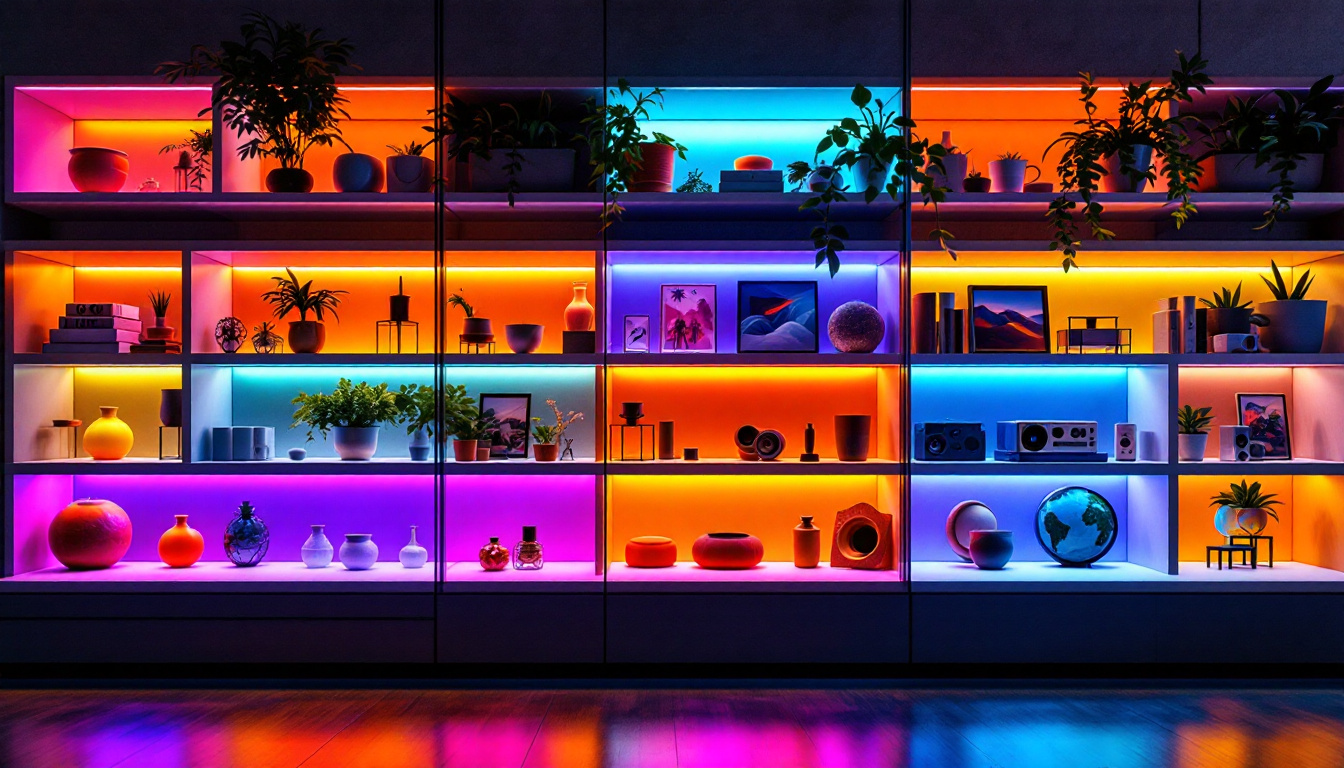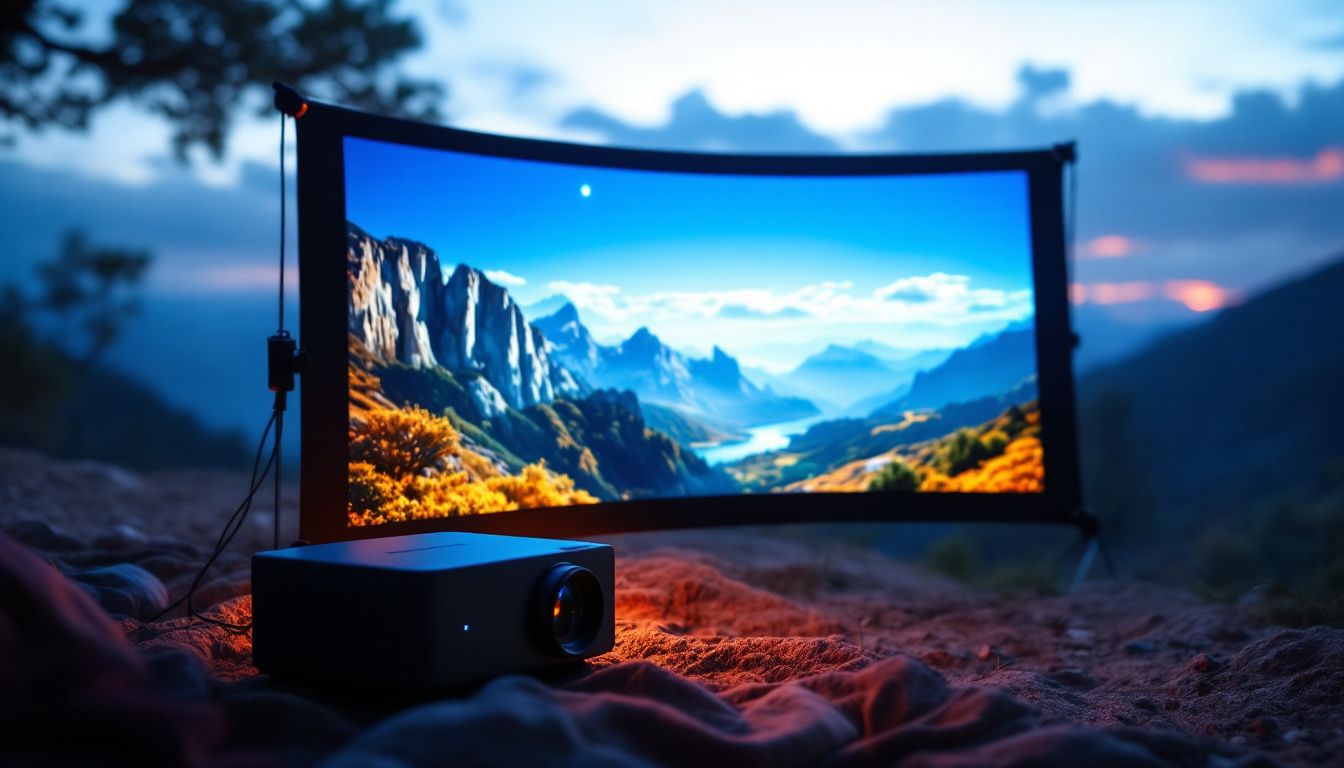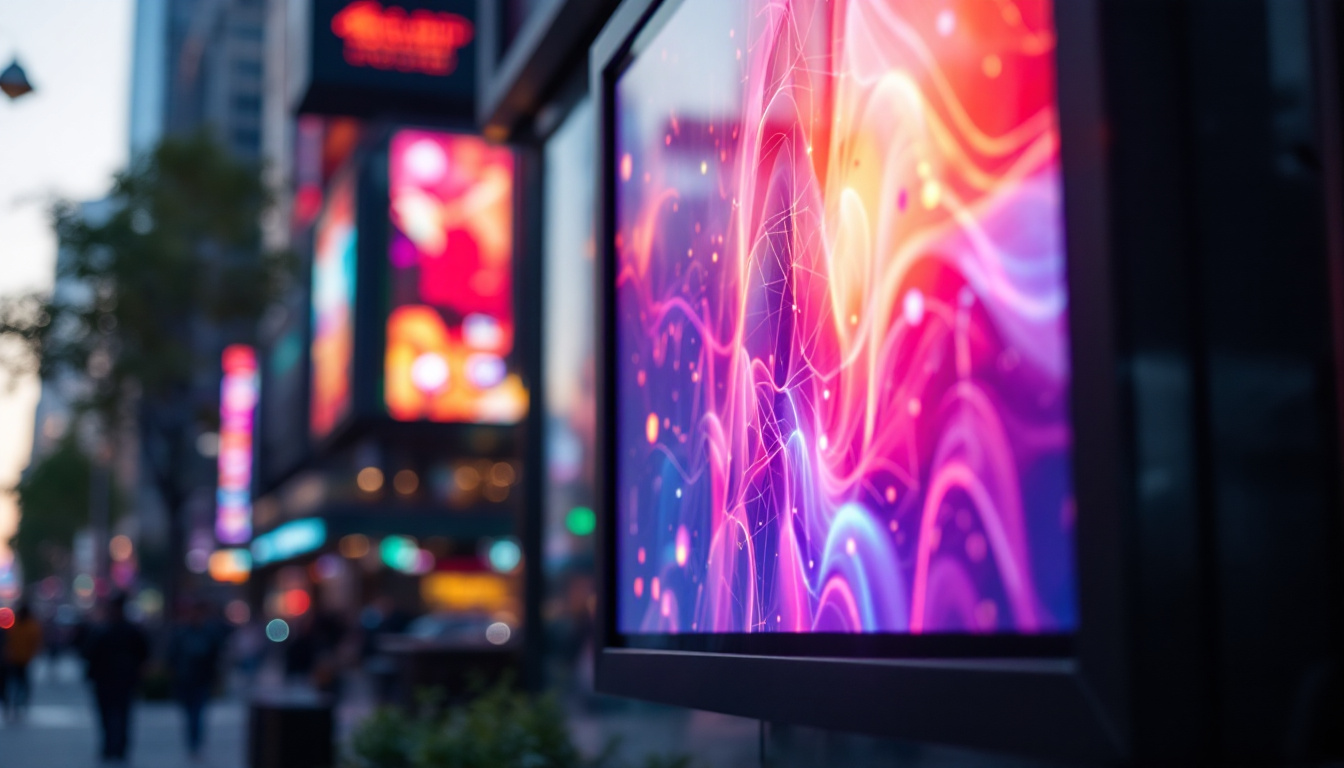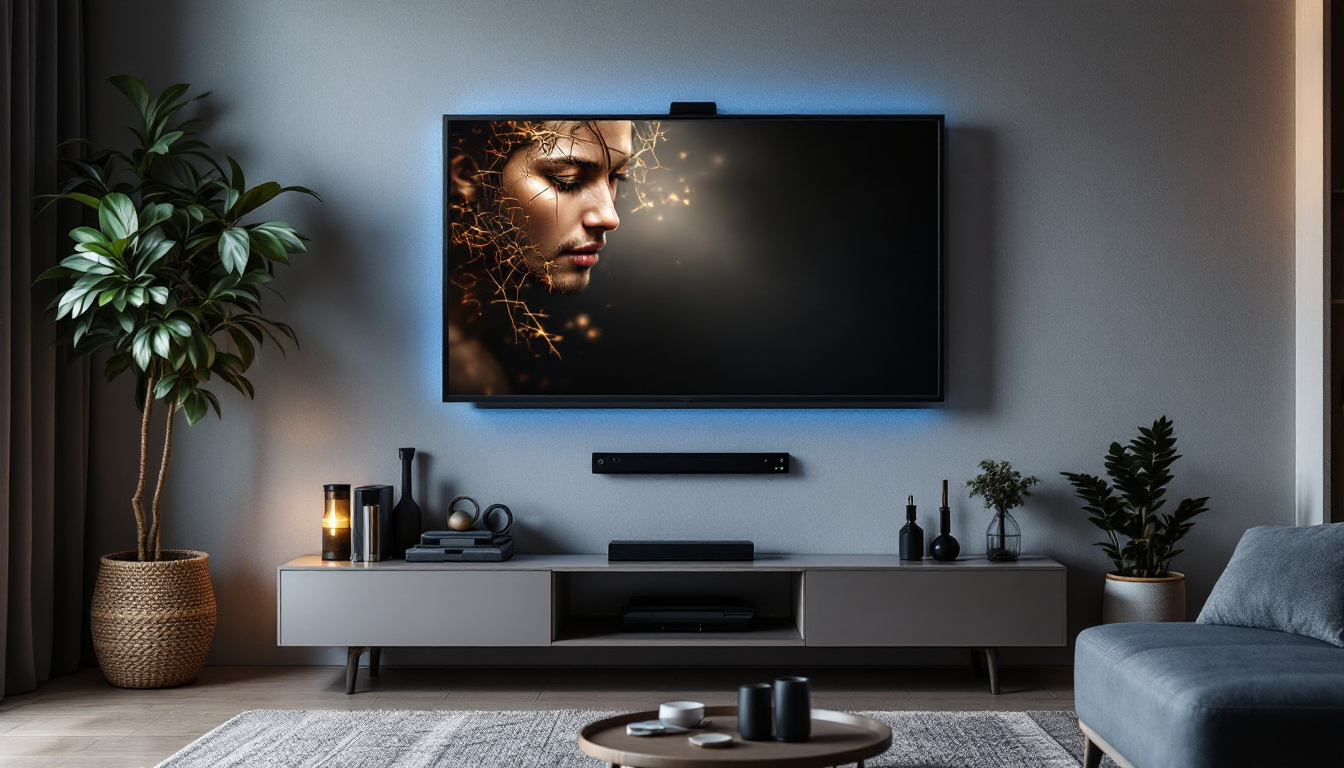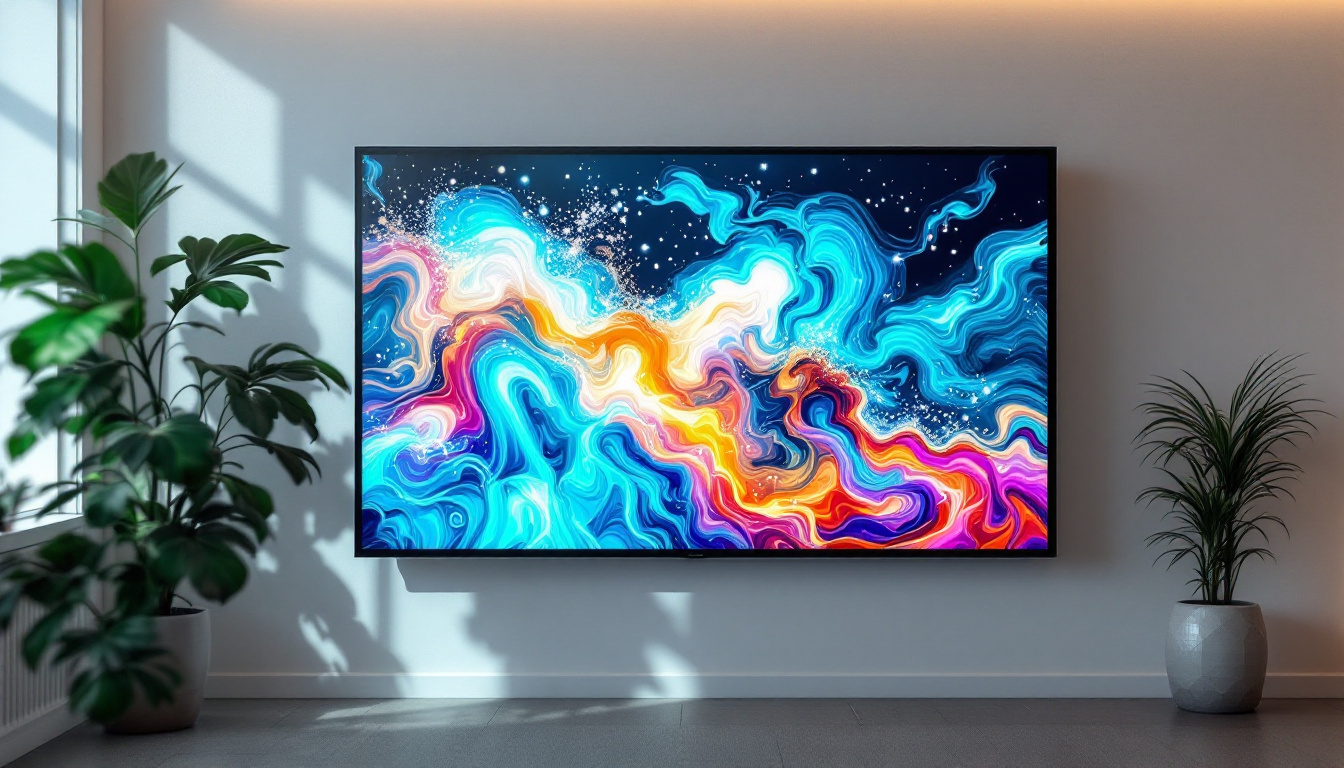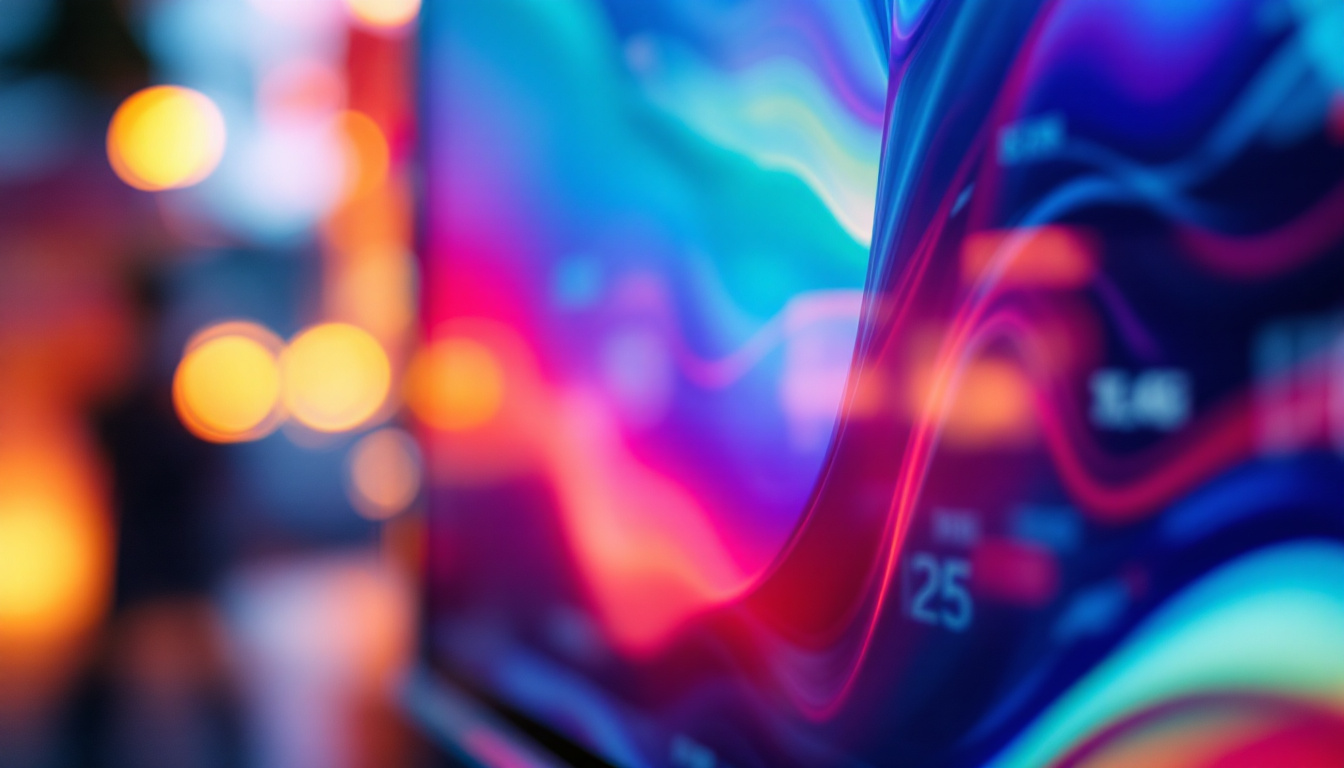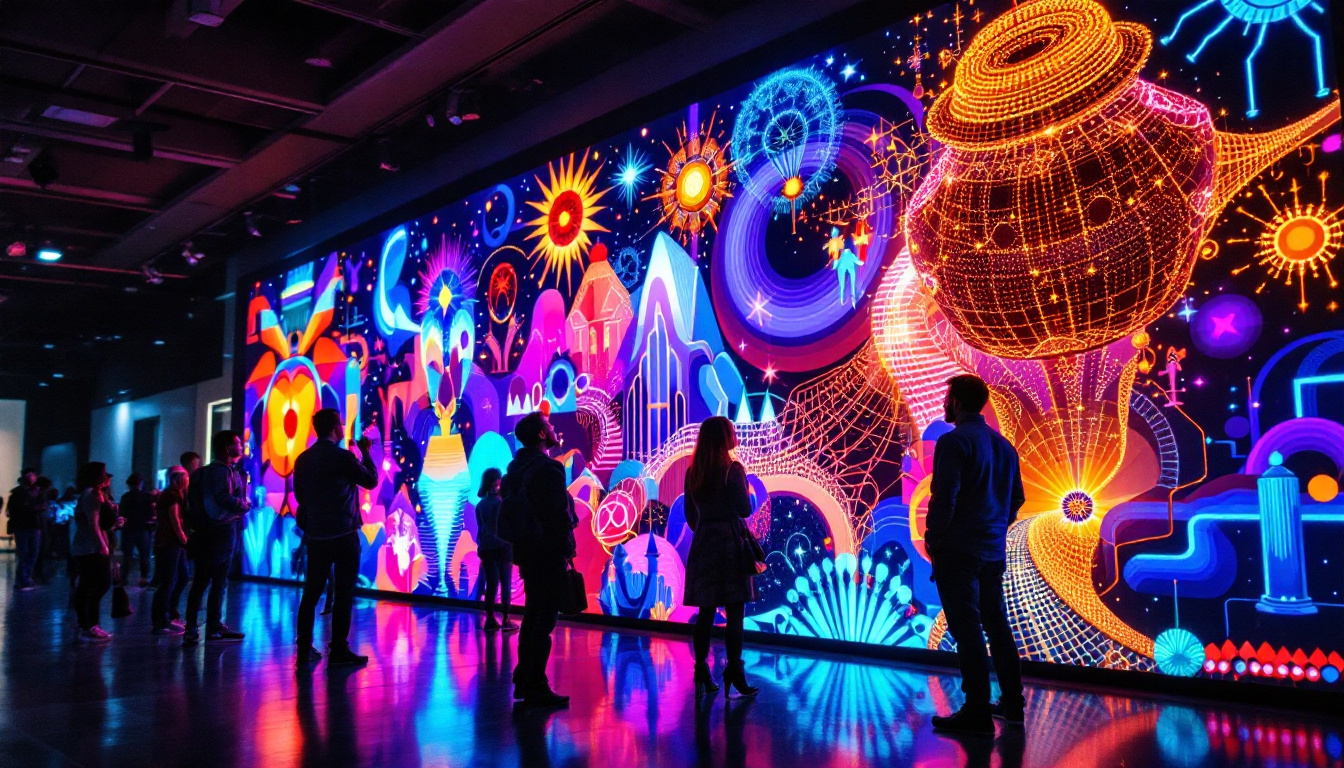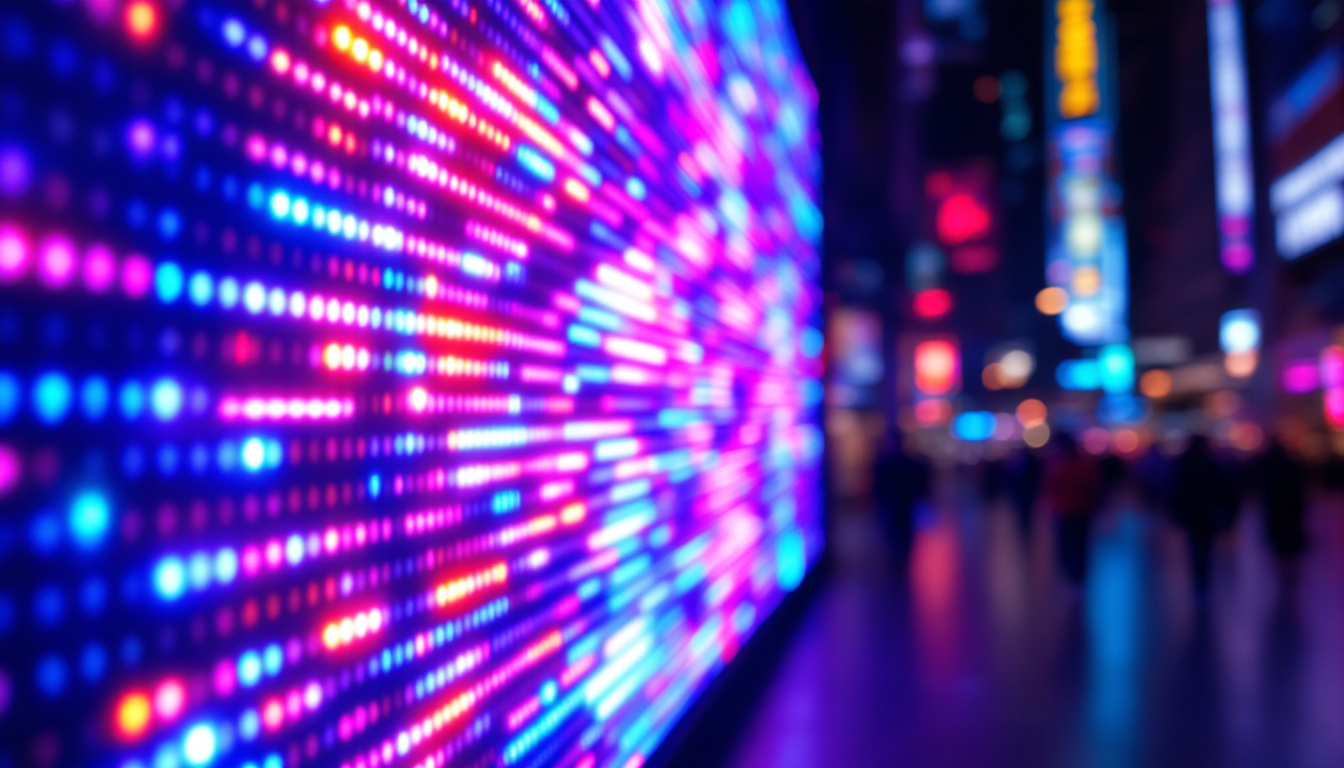In recent years, LED technology has transformed the way we experience visual displays. From televisions to billboards, the vibrant colors and energy efficiency of LED displays have made them a popular choice across various industries. Rei Lights, a leading name in the LED display market, has been at the forefront of this revolution. This article delves into the intricacies of LED displays, exploring their technology, applications, and the unique offerings from Rei Lights.
Understanding LED Technology
Light Emitting Diodes (LEDs) are semiconductor devices that emit light when an electric current passes through them. The fundamental technology behind LEDs allows for a wide range of applications, making them versatile and efficient. Unlike traditional incandescent bulbs, LEDs convert a higher percentage of electricity into light, resulting in lower energy consumption and longer lifespans.
The Science Behind LEDs
At the core of LED technology is the principle of electroluminescence, where certain materials emit light when subjected to an electric field. The materials used in LEDs are typically compounds of gallium, arsenic, and phosphorous, which determine the color of the emitted light. By adjusting the composition and structure of these materials, manufacturers can produce LEDs in a variety of colors, enhancing their application scope.
Moreover, the efficiency of LEDs is significantly higher than that of traditional lighting solutions. For instance, while incandescent bulbs convert only about 10% of energy into visible light, LEDs can achieve efficiencies of up to 80%. This efficiency not only reduces energy costs but also minimizes heat production, making LEDs safer and more reliable. The longevity of LEDs is another impressive aspect; they can last up to 25,000 hours or more, compared to the 1,000 hours typical of incandescent bulbs. This durability contributes to reduced maintenance costs and less frequent replacements, which is particularly advantageous in commercial settings where lighting is crucial.
Types of LED Displays
LED displays come in various forms, each designed to cater to specific needs. The most common types include:
- Direct View LED Displays: These displays consist of individual LED modules that form a larger screen. They are often used for outdoor advertising and large-scale events.
- LED Backlit Displays: Common in televisions and monitors, these displays use LEDs to illuminate an LCD panel from behind, enhancing brightness and color accuracy.
- Organic LED (OLED) Displays: Utilizing organic compounds, OLED displays offer superior color reproduction and flexibility, making them ideal for smartphones and high-end televisions.
In addition to these types, there are also specialized LED displays such as MicroLED, which are composed of microscopic LEDs that can be used to create ultra-high-definition screens with exceptional contrast and color depth. These displays are gaining traction in the market due to their scalability and potential for creating large, seamless screens without bezels. Furthermore, advancements in technology have led to the development of flexible LED displays, allowing for innovative designs in architecture and product displays. This flexibility opens up new avenues for creative applications, such as curved screens that can wrap around surfaces or even wearable technology that integrates LED displays into clothing and accessories.
As the demand for energy-efficient lighting solutions continues to grow, the evolution of LED technology is likely to pave the way for even more innovative applications. From smart lighting systems that can be controlled via smartphones to integration with IoT devices for enhanced automation, the future of LED technology is poised to transform not just how we light our spaces, but also how we interact with our environments. The ongoing research and development in this field promise to yield even more efficient, sustainable, and versatile lighting solutions that will benefit both consumers and industries alike.
Applications of LED Displays
LED displays have found their way into numerous sectors, revolutionizing how information is conveyed and consumed. Their versatility and adaptability make them suitable for various applications, from advertising to entertainment and beyond.
Advertising and Marketing
One of the most prominent uses of LED displays is in advertising. Businesses leverage the vivid colors and dynamic content capabilities of LEDs to capture consumer attention. Digital billboards and storefront displays can be easily updated with new promotions or advertisements, providing a cost-effective solution for businesses looking to stay relevant.
Moreover, the ability to program LED displays to show different content at different times allows for targeted marketing strategies. For example, a coffee shop might display morning specials in the early hours and switch to dessert promotions in the evening, maximizing customer engagement throughout the day.
Entertainment and Events
In the entertainment industry, LED displays have become essential for concerts, festivals, and sporting events. Large-scale LED screens provide audiences with immersive experiences, displaying high-definition visuals and real-time information. The flexibility of LED technology allows for creative stage designs, enhancing the overall atmosphere of live performances.
Additionally, LED displays are increasingly used in theaters and cinemas, where they can replace traditional projection systems. This shift not only improves image quality but also reduces maintenance costs associated with projectors and screens.
Information and Communication
LED displays play a crucial role in information dissemination across various sectors. From transportation hubs like airports and train stations to corporate environments, LED screens provide real-time updates and essential information. Flight schedules, train arrivals, and corporate announcements can be displayed clearly and concisely, ensuring that audiences receive timely information.
Furthermore, in educational settings, LED displays enhance learning experiences by providing interactive and engaging content. Schools and universities can utilize these displays for presentations, announcements, and even interactive learning modules, fostering a more dynamic educational environment.
Rei Lights: A Leader in LED Technology
Rei Lights has established itself as a prominent player in the LED display market. With a commitment to innovation and quality, the company offers a range of products designed to meet the diverse needs of its clients. Their LED displays are known for their reliability, energy efficiency, and stunning visual performance.
Product Offerings
Rei Lights provides a comprehensive selection of LED display solutions, catering to various applications. Their product lineup includes:
- Outdoor LED Displays: Engineered to withstand harsh weather conditions, these displays are perfect for advertising and public announcements.
- Indoor LED Displays: Designed for retail environments, theaters, and corporate settings, these displays offer high-resolution visuals and vibrant colors.
- Custom LED Solutions: Rei Lights also specializes in creating bespoke LED displays tailored to specific client requirements, ensuring that every project is unique.
Quality and Innovation
Quality is at the heart of Rei Lights’ operations. The company employs rigorous testing and quality control measures to ensure that every display meets industry standards. This commitment to excellence has earned Rei Lights a reputation for reliability and durability in the market.
Innovation is another cornerstone of Rei Lights’ philosophy. The company invests heavily in research and development, continuously exploring new technologies and materials to enhance their products. This forward-thinking approach enables Rei Lights to stay ahead of industry trends and deliver cutting-edge solutions to their clients.
Benefits of LED Displays
Choosing LED displays over traditional display technologies offers numerous advantages. Understanding these benefits can help businesses and organizations make informed decisions when investing in display solutions.
Energy Efficiency
One of the most significant benefits of LED displays is their energy efficiency. As previously mentioned, LEDs consume significantly less power than traditional lighting technologies. This not only translates to lower electricity bills but also contributes to a reduced carbon footprint, making LEDs an environmentally friendly choice.
Longevity and Durability
LED displays boast impressive lifespans, often exceeding 50,000 hours of use. This longevity means less frequent replacements and lower maintenance costs, making them a cost-effective solution in the long run. Additionally, LEDs are more resistant to shock and vibration compared to traditional displays, further enhancing their durability.
Superior Visual Quality
LED displays are renowned for their superior visual quality. They offer brighter images, deeper blacks, and a wider color gamut, resulting in stunning visuals that captivate audiences. This high-quality performance is particularly crucial in applications where image clarity and vibrancy are paramount, such as advertising and entertainment.
Future Trends in LED Display Technology
The LED display industry is constantly evolving, with new trends emerging as technology advances. Staying abreast of these trends can provide valuable insights into the future of visual displays.
Smart LED Displays
As the Internet of Things (IoT) continues to expand, smart LED displays are becoming increasingly popular. These displays can connect to the internet, allowing for remote management and content updates. Businesses can monitor performance metrics, adjust brightness levels, and schedule content changes from anywhere, enhancing operational efficiency.
Flexible and Transparent Displays
Innovation in materials has led to the development of flexible and transparent LED displays. These displays can be integrated into various surfaces, from windows to clothing, opening up new possibilities for advertising and design. The ability to create displays that blend seamlessly into their environments will likely redefine how brands communicate with consumers.
Enhanced Interactivity
Interactivity is becoming a key focus in LED display technology. Touch-sensitive displays and augmented reality (AR) integration are gaining traction, allowing users to engage with content in new and exciting ways. This trend is particularly relevant in retail environments, where interactive displays can enhance the shopping experience and drive customer engagement.
Conclusion
LED displays have revolutionized the visual landscape, offering unparalleled energy efficiency, longevity, and visual quality. Rei Lights stands out as a leader in this field, providing innovative solutions that cater to a diverse range of applications. As technology continues to advance, the future of LED displays looks promising, with trends such as smart connectivity, flexibility, and interactivity paving the way for exciting developments.
Investing in LED display technology is not just a choice for the present; it is a step towards a sustainable and visually engaging future. Whether for advertising, entertainment, or information dissemination, LED displays are poised to play a pivotal role in how we communicate and connect with the world around us.
Discover the Future of LED Displays with LumenMatrix
As you consider the advancements and possibilities of LED display technology outlined in this article, we invite you to explore LumenMatrix’s innovative solutions. With a commitment to revolutionizing visual communication, LumenMatrix offers an array of LED display modules, from Indoor and Outdoor LED Wall Displays to specialized options like Vehicle LED Displays, LED Sports Displays, and even Custom LED solutions. Experience how our state-of-the-art displays can transform your brand visibility and create immersive visual experiences. Check out LumenMatrix LED Display Solutions today and step into a world where your message shines with clarity and impact.

